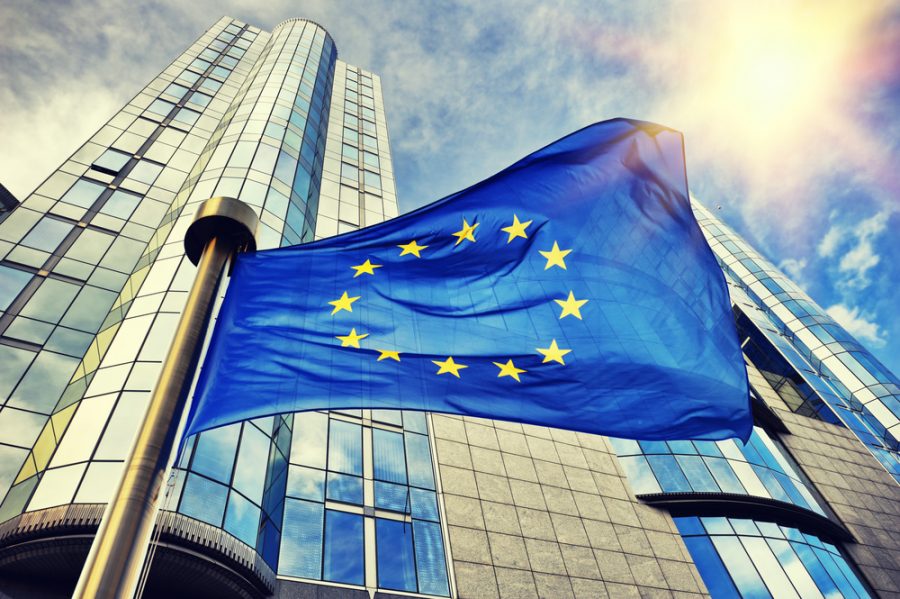Ireland is all set to set a new record. It is soon going to be the first country in the Eurozone managing a complete bailout and returning to the financial market with a stable economy. The country had to take an aid of € 85 billion from the International Monetary Fund and the EU. The crisis of the country almost followed the same pattern as the financial depression in the US, brought about by a real estate crash. The economic system of the country was tethering at the edge of collapse in 2010, forcing the authorities to backstop the banks. This led to soaring deficits in budget and leveling punitive levels for new borrowings. Following a tumultuous period of four years, the nation is ready to start the recovery process following the complete bail-out.
However, setting the price for freedom has not been easy. The taxpayers had to pay a heavy toll as the rescue package also included € 17.5 billion from the pensions and other financial reserves. Besides this, the package included € 22.5 billion IMF loan and € 45 billion emergency loan from the EU. In return of obtaining the loan, the Irish Government had to exert further stress on the taxpayers by implementing low minimum wage, high tax rates, and deep slashing of the Public sector employment according to a four-year austerity plan. According to the arranged protocol, the national savings were set at a projected amount of € 16.4 billion, which amounts to about 10 percent of the yearly GDP.
A spokesperson of the Irish Government confirmed that it is exiting the program according to the scheduled date of December 15, deciding to forego the additional security of the EU bailout fund credit line. The country is ready to face the risk of exposure to the fluctuations of the market as it would not access the untested bond purchase program from the European Central Bank. Restored with a newfound confidence, the country is all set to accept the challenge to perform in a highly volatile broader European economy.
The current trends are encouraging for the country but still there is a lot to achieve. The economy is showing signs of growth with declining unemployment rates. With the current projection, the estimated budget deficit fall is at 3% of the GDP by 2015. However, the debt burden of the country still persists among the highest in the EU, piling to about 125 % of the Gross Domestic Product. The representative expressed confidence of adopting a singular solution because of the dramatic fall in the borrowing costs. Currently, the costs stand at 3.5% for the ten year bond, which is significantly less than the 9% rate of 2010. The IMF also agrees to the estimate that the cash reserve of € 20 billion would see to the basic economic needs of the country until 2015. The EU also recognizes that the country has been successfully able to display a strong motivation sending confident messages of hope to other Eurozone members struggling with the debt burden. 





